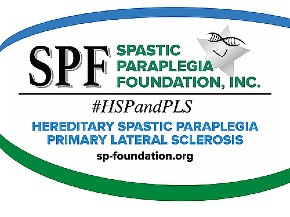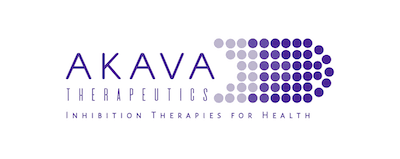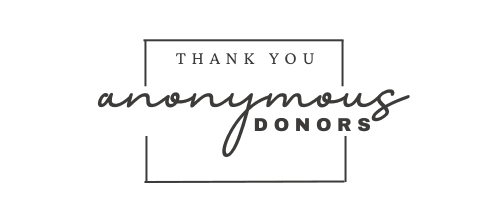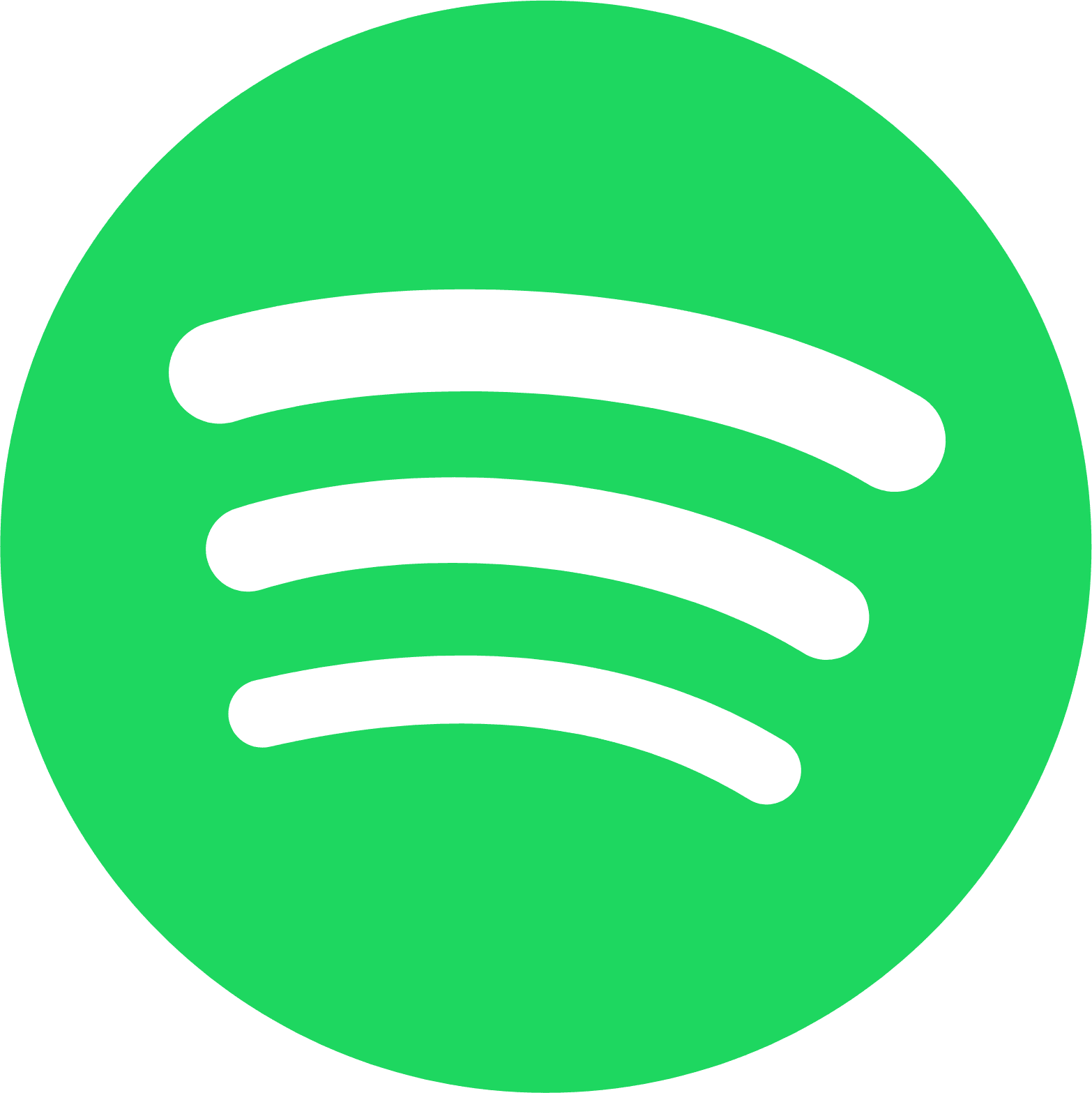Our History
The Begining
Several seeds for the Foundation were planted in 1996. That’s when Cheryl Schumer, a computer programmer whose family members have HSP, created the first website dedicated to HSP. Within the year, she also launched an email support group for people with HSP, providing a way for people to connect and help one another. A couple of years later, Joe Aberstadt and Mark Weber established email support groups for people with PLS, and Frank Reyerse created a PLS website and online database where people could enter their contact information.
From there, in-person meetings began to blossom, finally putting people with these rare disorders face to face. Lisa Chadwick organized the first such event in Pennsylvania and was hired by a leading researcher to organize additional conferences. The goal was not only to help patients but also to find research subjects to advance efforts to find the cure for these conditions. Joe Aberstadt, Kathi Geisler, Frank Cecere, Ronnie Grove, and Dolores Carron began to hold meetings in their areas and establish support groups. Joe created a newsletter to help people with PLS.
The next step was raising money for research. In 1999, Shellie Fischer began to design a national HSP Walkathon to include a letter-writing campaign. Event preparations began in 2000 with the help of Mark Weber, Lois Enright, Marlene Doolen, Chris Delevan, Kathi Geisler, and many other volunteers. They sent money, teddy bears (for the fire department), and support. On Sept. 9, 2001, the event raised nearly $60,000 and supported the development of the first HSP spastin mouse model at the University of Michigan. Mark Weber launched a PLS Donor Drive in 2001, which raised funds for the National Organization of Rare Disorders (NORD) to establish NORD PLS research grants and publish “The Physician’s Guide to PLS” brochure, which has been distributed to more than 14,000 neurologists and hospitals. In the months following the HSP walk, steps were taken to form a foundation to make it easier to host future fundraising events. The name was changed to TeamWalk and adopted as the signature event of the foundation. Over the years TeamWalks held across the United States contributed a significant amount to research grants.
Also in 2001, Kathi Geisler and Mark Weber began to discuss working together to form one foundation dedicated to finding the cures for upper motor neuron disorders and helping people affected by them. In October 2001, with the assistance of the University of Michigan’s Dr. John K. Fink, M.D., one of the world’s leading HSP and PLS investigators, they organized a steering committee, comprised of more than twenty individuals from the two patient communities.
In January 2002, the SPF was incorporated as a nonprofit organization. To honor Kathi Geisler’s many volunteer hours, her employer, Millipore Corporation, awarded SPF a $5,000 grant in 2002. This grant provided critical start-up funds.
See the pictures below of the people that were helpful with the formation of the Spastic Paraplegia Foundation. Also below are documents, images, and presentations of the early members.
Additional Images and Files from the Early Days of the Foundation
This area is under construction. Watch for updates in the near future.
2001/2022
In late 2001, a steering committee was formed to discuss the creation of a foundation to raise research funds for HSP and PLS. After several conference calls, the committee selected the name, Spastic Paraplegia Foundation, and the initial directors of SPF. On January 18, 2002, the first Board of Directors meeting was held via a conference call. Dr. Fink, Mark Weber, Kathi Geisler, David Lewis, Marlene Doolen, Doug Brand, Diana Aguilar, and Annette Lockwood were on the call. The Board of Directors Minutes from this meeting are provided below.
In March 2002, Dr. Fink hosted the first in-person Board of Directors meeting in Ann Arbor, MI. The goal for this meeting was to create the mission, vision, and goals for SPF based on the results of a survey (see summary presentation below) that went out asking HSP/PLSers what they wanted from the foundation. Dr. Fink also took the group on a tour of his research lab. The Meeting Outcomes report is provided below. One of the main needs highlighted in the survey results was to have opportunities for fellow SPF members to meet each other. At that time, most doctors were not familiar with PLS or HSP. Having these rare disorders and little or no medical support, the best place to get information was from others who were dealing with the same issues. In 2002, twenty-two gatherings were held. Some groups met for lunch or dinner, others met in conjunction with an Abilities Expo. The first SPF conference was attended by 50 people and held in Long Island, NY. Another one was held in Memphis, TN with 80 people attending. Later in the year, the second Walkathon was held in Chesapeake, VA. Monthly support group meetings were held in Norristown, PA, and Ann Arbor. Dr. Fink continues to hold monthly meetings on the second Tuesday of the month. The first Canadian gathering was held in Ladner, BC. More details can be found in the 2002 Event Report below.
-
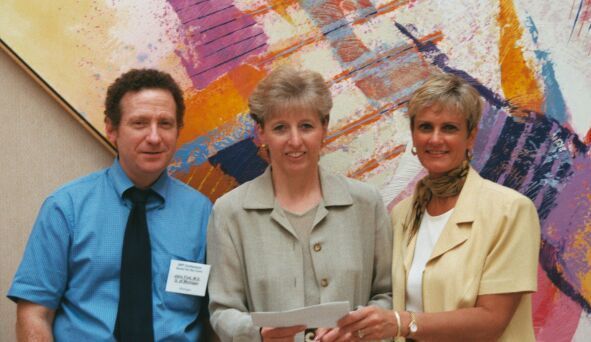 March 2002, Ann Arbor, Michigan
March 2002, Ann Arbor, MichiganThe Image above features Dr. Fink, Annette Lockwood, and Kathi Geisler
The video below is the start of our expanded coverage of the early days of the Spastic Paraplegia Foundation. We are working on an improved version of this video. This was originally a PowerPoint presentation given at the 2002 Meeting in Ann Arbor, Michigan created by Annette Lockwood. The video has only a four-second interval between slides. So you will have to pause the video to read some slides completely.
2004
In 2004 Kathi Geisler and Dr. Joel Seidman appeared on Health Styles discussing HSP and PLS.
2011 - The Power of One
The video below is the start of our expanded coverage of the early days of the Spastic Paraplegia Foundation. We are working on an improved version of this video. This was originally a PowerPoint presentation given at the 2011 Annual Conference created by Kathi Geisler. The video has only a four-second interval between slides. So you will have to pause the video to read some slides completely.
Our Impact since our inception...
-
Dollars Raised
Over 12,000,000 dollars for research!
